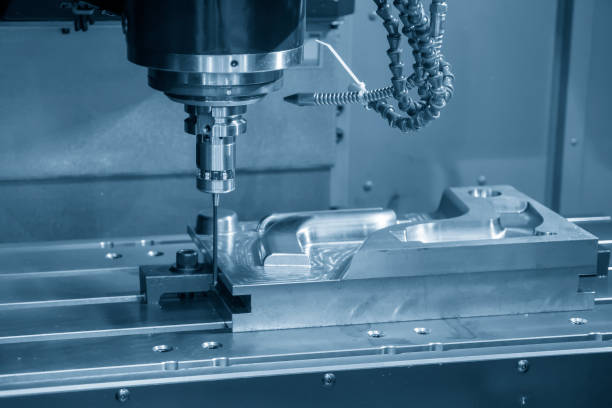Our Location
304 North Cardinal St.
Dorchester Center, MA 02124

CNC is the abbreviation of Computer Numerical Control machining center.
The CNC machines what we are talking are the most common machines and have the widest range of applications which remove material using cutting tools. It is a digital manufacturing technology which can provide high-accuracy parts directly from CAD file.
Like all automated motion control machines there are three main components: Command function, Drive system, and Feedback system.
We say CNC machining is a process with the help of a manufacturing technology to produce object in different shape. They create things out of plastics, metals, wood, aluminum, brass, ABS, Delrin, nylon and many other hard materials.
CNC machines are making parts around the world for almost every industry: Automotive, Aerospace, Defense, Medical, Telecommunication, Consumer electronic, Machinery, robotics.
CNC machines can rotate tools around a various number of axis, usually 3 or 5 axis. Normally, there are three steps when we operate CNC.
Tools Changed, cutting operations and cooling of the objective and tools were all done when the machining operating. It rotates tool to the surface of a workpiece, moving along 3,4or 5 axes. Basically, allowing complex geometries and precision parts to be machined quickly from metal or thermoplastic by cutting or trimming a workpiece.
So, why is CNC machining so different from 3D printing and injection molding? 3D printing is a procedure that material is added together to create parts during the manufacturing process. So it is totally different with CNC machining which working by subtracting materials.
Welcome to contact our team if you have any inquiry! We have over 14 years of experience in custom CNC services.
